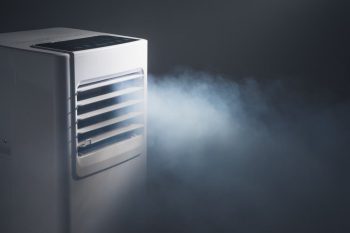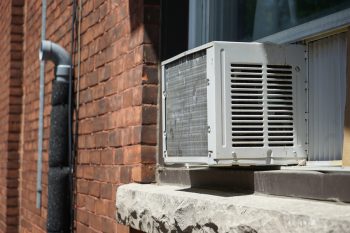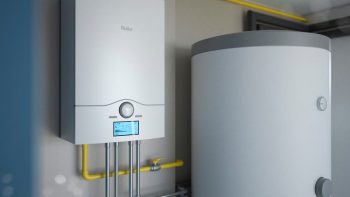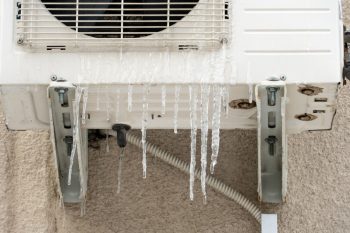
People often refer to the washing machine motor as the heart of the appliance. That’s because damage to this particular component can stop your unit from functioning.
Many things could go wrong with your washing machine motor, and in this short guide, we’re telling you everything you need to know to pinpoint the root cause of the motor problems.
- It’s important to isolate the problem to ensure the motor is the issue.
- Burning smells, strange noises, lack of movement, and error codes should help you narrow down the motor.
- If the motor appears to be the problem, you can test it with a multimeter.
- Should the motor fail the multimeter test, you should make sure to have it replaced at the soonest.
A washing machine’s motor is essentially responsible for converting electrical current into mechanical energy. This part moves your washing machine’s various elements inside, like the tub and the agitators.
If the motor is broken, your washing machine might still perform some functions, but it won’t be able to manipulate its moving parts.
Diagnosing Washing Machine Motor Problems
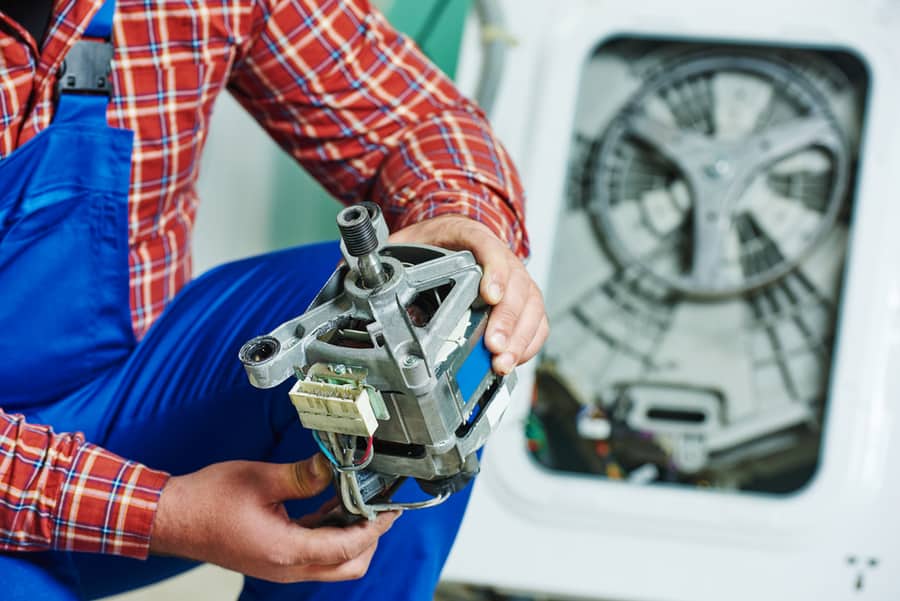
Before tackling a washing machine motor repair job, consider whether you’re cut out to do it. Washing machine components can be complicated, and repairs can confuse the uninitiated.
If your unit is still under warranty, you should consider having a professional check it instead. Repairs that require tinkering with intricate washing machine components should be left to a professional.
It’s important to ensure your motor is the problem and not another part of your washing machine.
To do that, you can check for these signs:
- Drum not moving – The motor will not prevent your washing machine from turning on or loading water. So most of the time, your appliance will start up as it usually does. However, if you don’t set the water level, you will notice that the unit cannot weigh the initial load.
- Loud screeching noises – The motor moves the tub and the other components of the machine. If broken, damaged, or malfunctioning, the unit may still attempt to perform the wash cycle. But because the motor can not efficiently move the tub, it will produce loud screeching or metallic noises.
- Errors – Your washing machine is programmed to display an error code when encountering a problem. Most models and brands program a unique code to identify motor damage or failure. In some cases, this error message may disable the washing machine to protect its components and prevent injury to the user.
- Burning smell – The motor is directly connected to the power source. Therefore, any problems with the motor’s wiring may lead to the potential flame, which starts as a subtle smell typical of an electrical fire. If you detect a burning smell when you attempt to operate your washing machine, turn it off immediately and call a professional.
How To Test a Washing Machine Motor
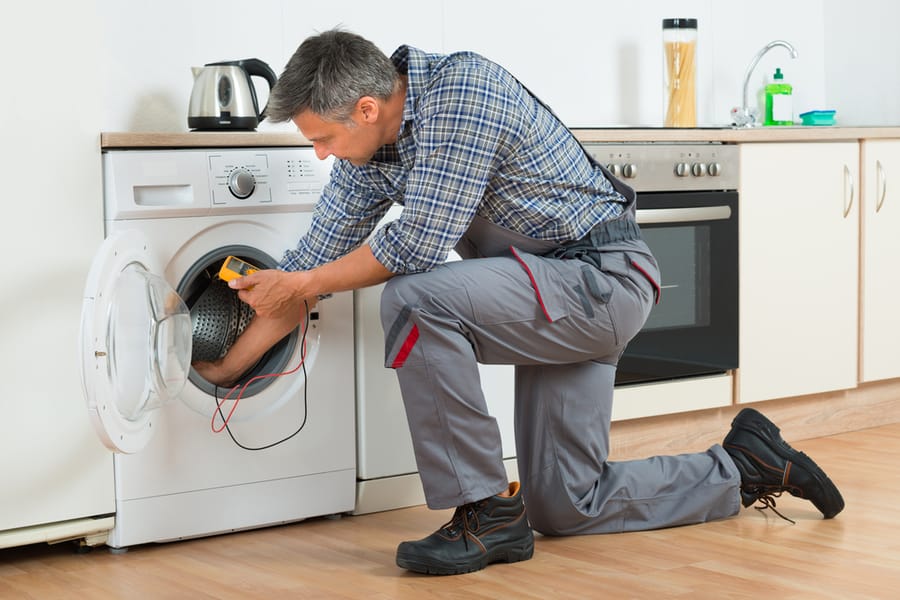
In case of motor malfunction or damage, you may be able to assess the motor and determine whether it’s ripe for a replacement.
Here’s what you need to do:
- Locate the motor.
- Inspect the motor for obvious signs of damage.
- Remove the two wire that connects to the motor.
- Use a multimeter to assess the motor.
- Set your multimeter tool to the RX1 setting.
- Connect the tool’s probes to each of the motor’s terminals.
- The meter should read zero or close to zero.
- Do the same with the motor’s bare metal housing.
- This should also read zero or close to zero.
If your motor fails these tests, it’s time to replace it entirely.
Conclusion
A damaged washing machine motor can completely incapacitate your appliance. So if you suspect your motor is malfunctioning or broken, you must act on the situation immediately to prevent further damage.
In most cases, however, you can do little to repair a broken washer motor. So instead, replace the damaged component to get your washing machine working at its peak.
Frequently Asked Questions
How Much Does It Cost To Replace a Washing Machine Motor?
The cost of washing machine motor replacement is not set in stone. Estimates vary depending on your location, the make and model of your unit, and the specifics of the motor you want to get.
The estimated cost of the piece itself ranges from $200 to $500, depending on the model. This excludes the cost of labor.
Is It Worth It To Replace a Washing Machine Motor?
If your unit is relatively new and was damaged due to a power surge or some other accident, then yes, you should have the motor replaced.
As a general rule, you should opt for motor replacement if the cost of the replacement part plus labor costs 50% of the price of a new washer. However, you might consider buying a new unit if it costs more.

